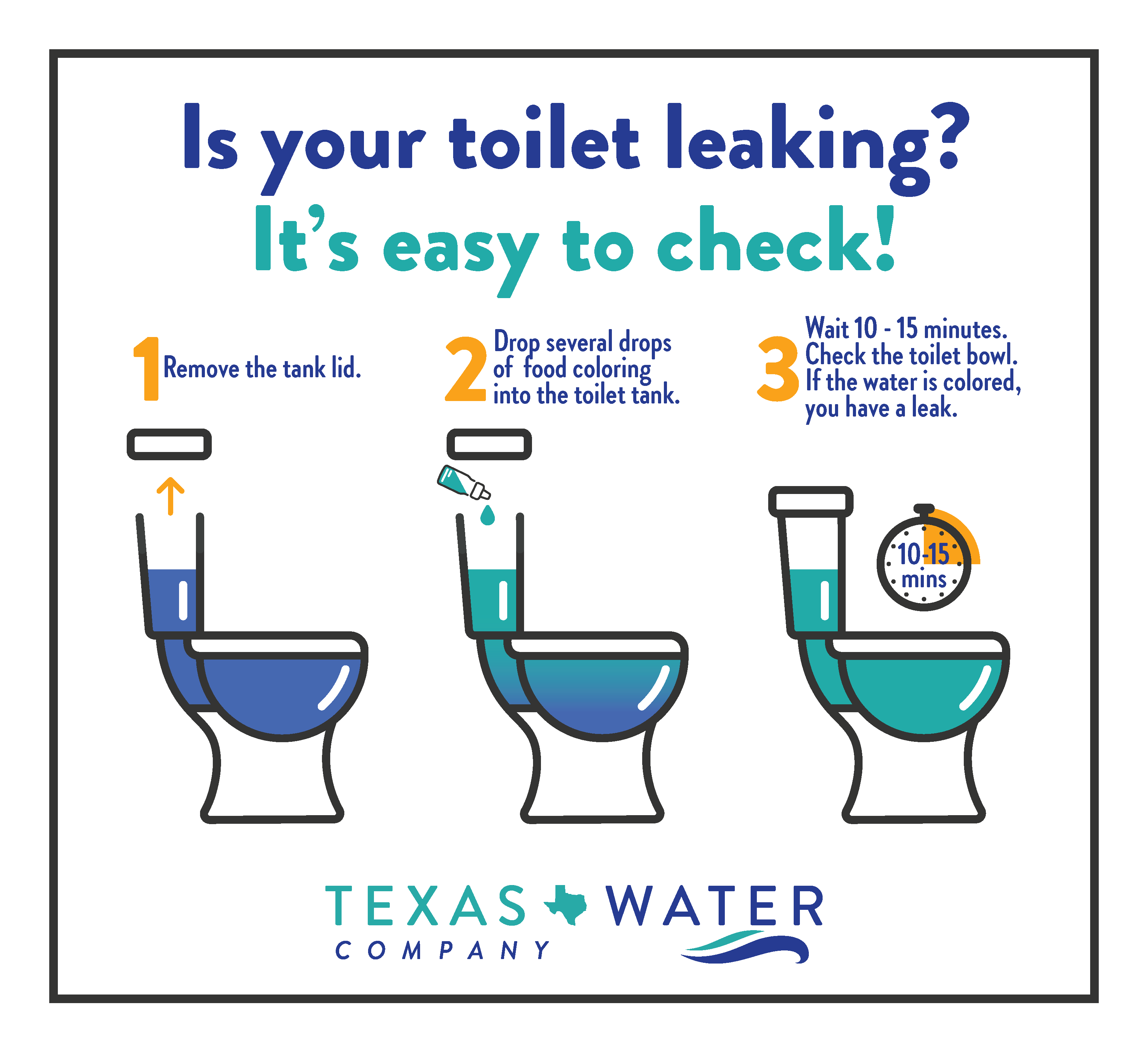Unnoticed water leaks can lead to higher water bills and potential property damage. By identifying and addressing leaks early, you can save water, reduce expenses, and protect your home.
Simple Steps to Check for Leaks
- Perform a Meter Test
- Ensure no water is being used in your home (turn off faucets, appliances, etc.).
- Record the meter reading or take a photo.
- Wait at least one hour without using any water.
- Recheck the meter. If the reading has changed, there may be a leak.
- Monitor Water Usage
- Track your water bills for unexpected increases.
- Use tools like WaterSmart (if available) to detect abnormal usage patterns. 👉 Sign up for WaterSmart here
- Inspect Common Leak Sources
- Faucets: Listen for drips or check for visible leaks.
- Irrigation Systems: Look for unusually damp spots in your yard.
- Toilets: Add a few drops of food coloring to the tank. If color appears in the bowl after 10 minutes, you have a leak.

What to Do If You Find a Leak
- Fix Minor Leaks Yourself: Replace washers or tighten loose connections on faucets and showerheads.
- Contact a Plumber: For larger issues, consult a licensed plumber for repairs.
- Shut Off the Water: If a major leak is detected, locate your water meter and turn off the supply. Learn how to find and operate your water meter valve.


